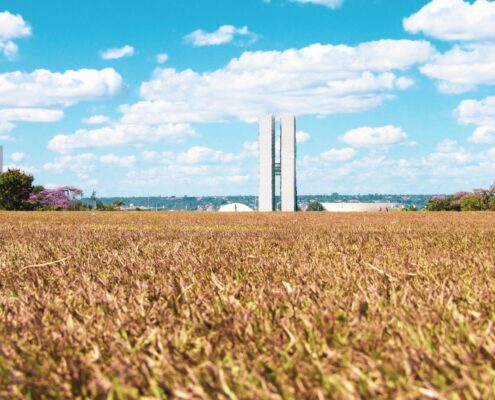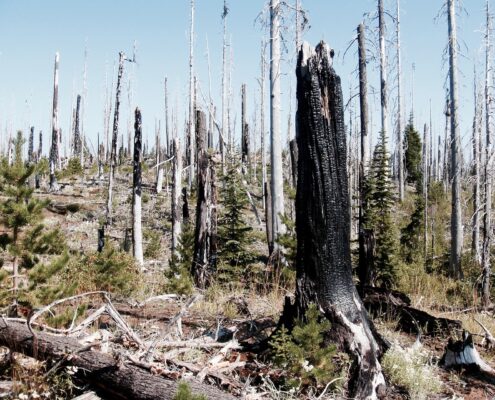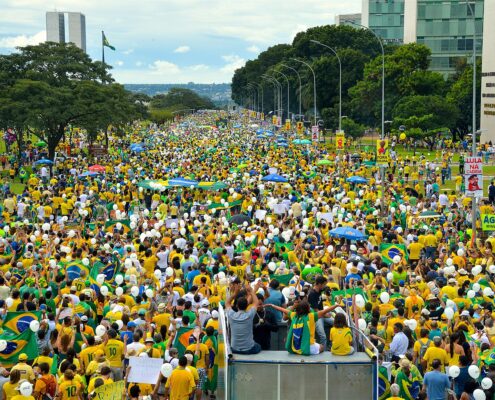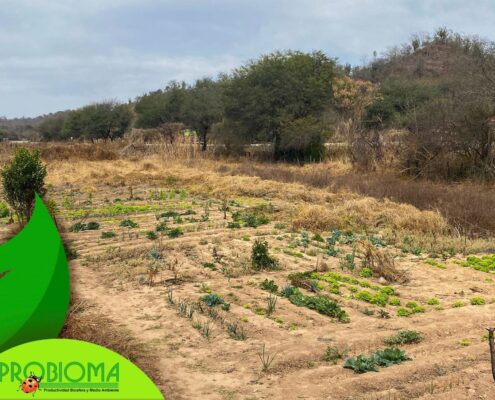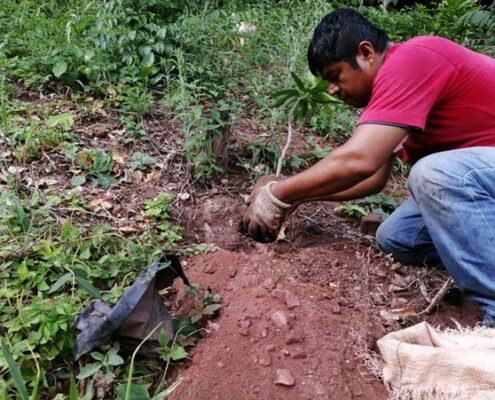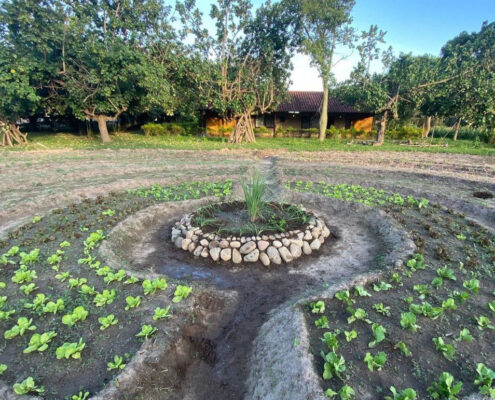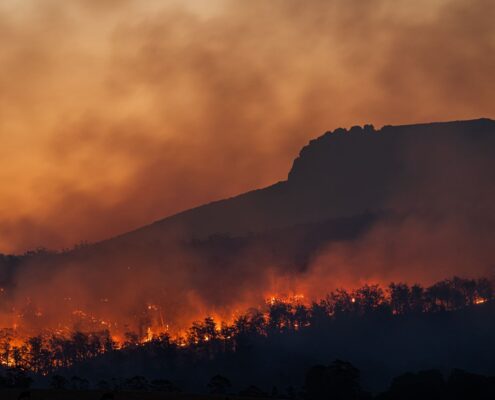 https://greenmarked.it/wp-content/uploads/2023/10/Cattura.jpg
957
1440
Sarah Santos Ferreira
https://greenmarked.it/wp-content/uploads/2022/01/LOGO-GREENMARKED-SITO-600x600.png
Sarah Santos Ferreira2023-10-16 21:33:112023-10-17 10:02:14Eyes on Fire
https://greenmarked.it/wp-content/uploads/2023/10/Cattura.jpg
957
1440
Sarah Santos Ferreira
https://greenmarked.it/wp-content/uploads/2022/01/LOGO-GREENMARKED-SITO-600x600.png
Sarah Santos Ferreira2023-10-16 21:33:112023-10-17 10:02:14Eyes on FireOctober 17, 2023
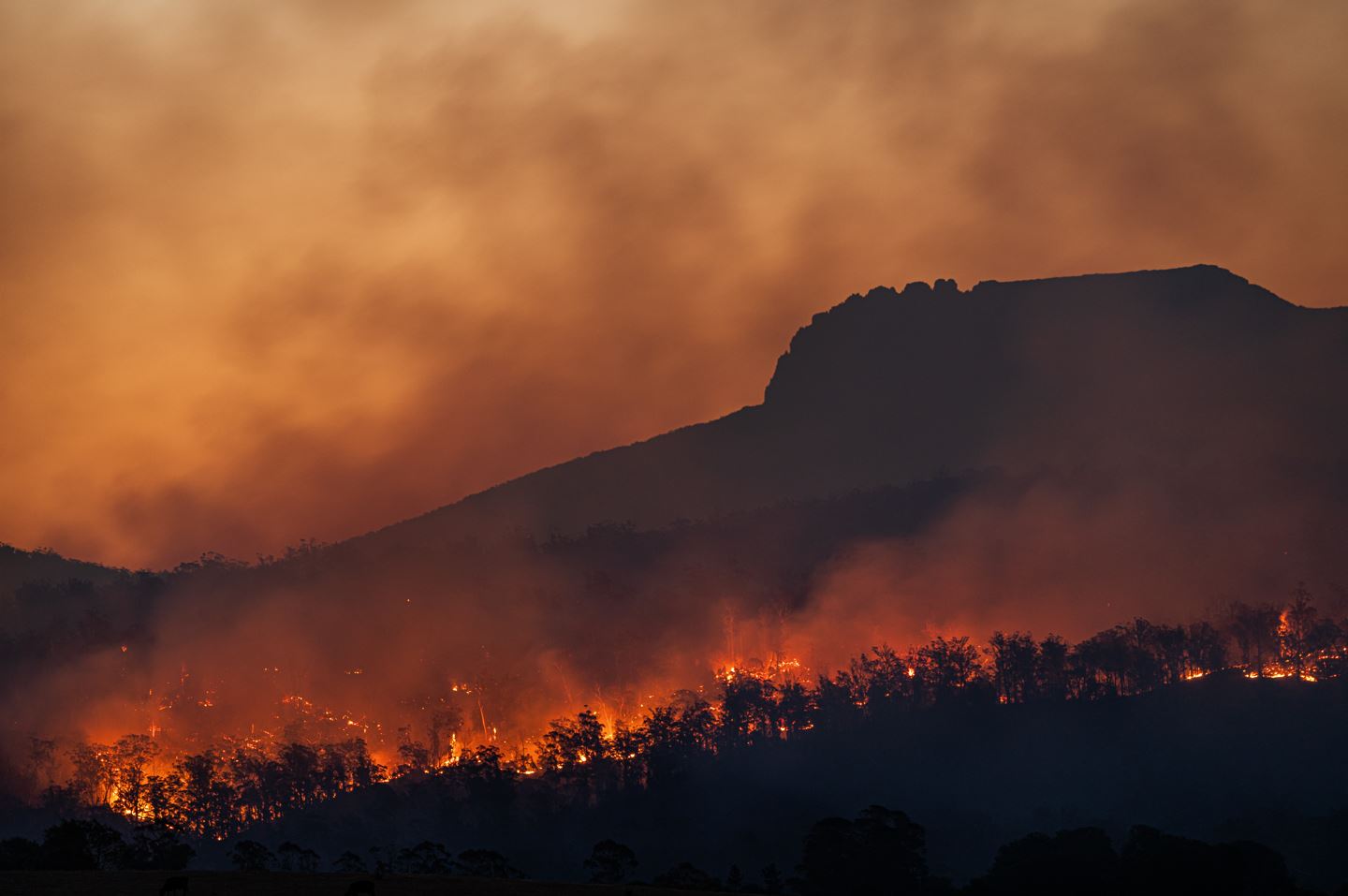
Economic Disparities and Media Silence
On September 21, a video of the smog-covered skies in Manaus went viral, drawing attention to the poor air quality caused by forest fires. The manauara influencer Bea Araújo’s impassioned denouncement of the city’s dire conditions also highlighted the silence of national media on the issue. A week before that, the State had declared an emergency situation [1]. One month later, things still look the same.
Economic disparities across Brazilian states are a key factor in media silence. States with greater economic power and influence, like São Paulo and Rio de Janeiro, often receive more media coverage and attention due to their profitable significance. In contrast, states facing greater economic challenges, like those in the north and northeast, often do not receive the same level of attention.
Furthermore, historical and political factors play a crucial role in shaping media coverage. States with a historical legacy of political power, such as those in the South and Southeast, may have more influence in national politics and media circles. As a result, events in these states tend to receive more attention. In contrast, regions that have historically been marginalized or underrepresented may struggle to get their issues noticed by the national media. Such disparities across states further exacerbate the unequal distribution of media attention and resources, creating a situation where crises like the one in Manaus may go unnoticed by the broader public for extended periods.
Fire in the Amazon
These disparities in media coverage can hinder efforts to address the root causes of environmental crises, such as the current forest fires. Every year, from July to November, the Amazon region experiences what is referred to as the “fire season”. This period marks the biome’s dry season and is associated with the highest occurrence of forest fires. However, this issue only persists due to the use of fire in agricultural practices and deforestation processes [2].
Adding to the complexity of the situation, the dynamics of forest fires in the region is exacerbated by climate change and El Niño. Climate change has significantly altered the rainfall pattern in the Amazon, with a trend towards a reduced duration of the rainy season and an increase in the duration of the dry season, particularly in the south of the biome. Moreover, the periodic warming of sea surface temperatures in the central and eastern tropical Pacific Ocean, known as El Niño, also has a pronounced effect on weather patterns in the Amazon. This phenomenon can lead to prolonged and severe droughts, resulting in reduced rainfall and decreased water levels in rivers and streams. This affects aquatic ecosystems and leads to water scarcity for local and traditional communities, not to mention the life risk the fires impose on them. Furthermore, the drier conditions increase the vulnerability of the Amazon forest to fires, creating a vicious cycle of environmental degradation and economic disparities that often remains underreported in the national media.
Despite the social and environmental repercussions of the on-going forest fires, numbers released back in August showed that deforestation in the Amazon fell by 66% in July. It was a historic record that marked 500 km² of degraded area compared to 1,487 km² in July 2022 [3]. These number seem to confirm the importance of the PPCDAm (Action Plan for the Prevention and Control of Deforestation in the Legal Amazon) reinstalled in the country as of June this year. However, the current situation might hurt this initiative in the long run.
Related articles:
References:
[1] Carvalho Rosiene (September, 2023) Amazonas decreta situação de emergência ambiental com alta de queimadas. Folha de São Paulo. Retrieved on 13 October 2023, from https://www1.folha.uol.com.br/ambiente/2023/09/amazonas-decreta-situacao-de-emergencia-ambiental-com-alta-de-queimadas.shtml
[2] Garrido, Bibiana Alcântara (2023, July). O que é a “temporada do fogo” na Amazônia brasileira e por que ela existe. IPAM – Instituto de Pesquisa Ambiental da Amazônia. Retrieved on 13 October 2023, from https://ipam.org.br/o-que-e-a-temporada-do-fogo-na-amazonia-brasileira-e-por-que-ela-existe/
[3] Brasil (August,2023). Desmatamento na Amazônia tem queda histórica de 66% em julho. Retrieved on 13 October, 2023, from Cover and Preview image: Silhouette of trees during sunset. Free source photo by Matt Palmer on Unsplash.

 Water and trees… concrete and smog
Water and trees… concrete and smog 

